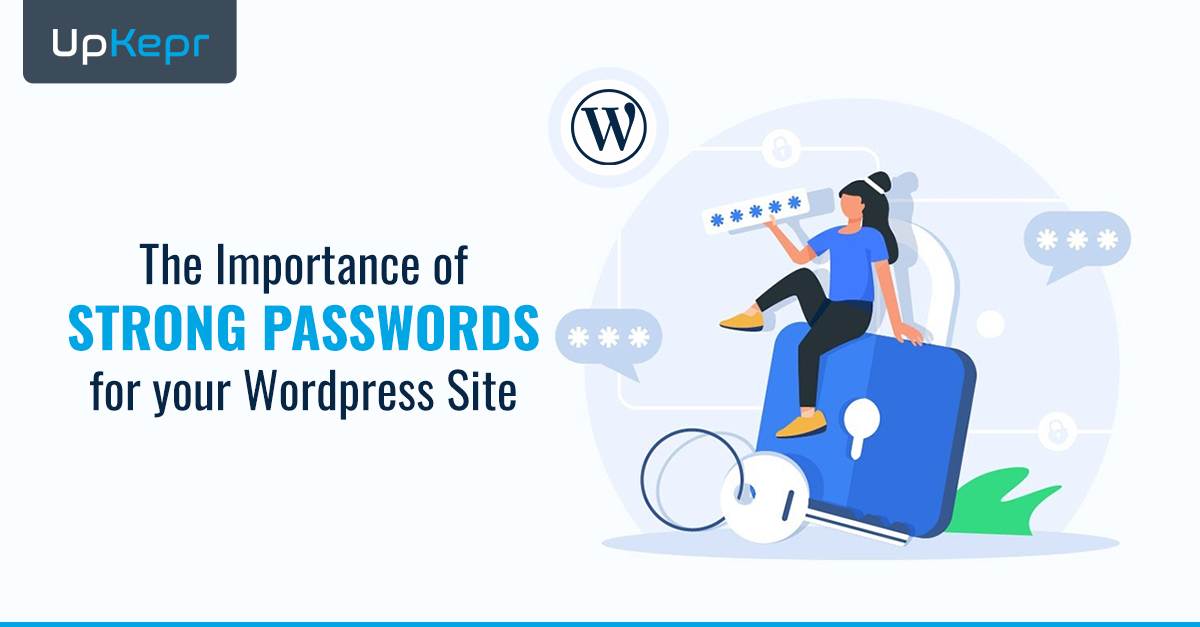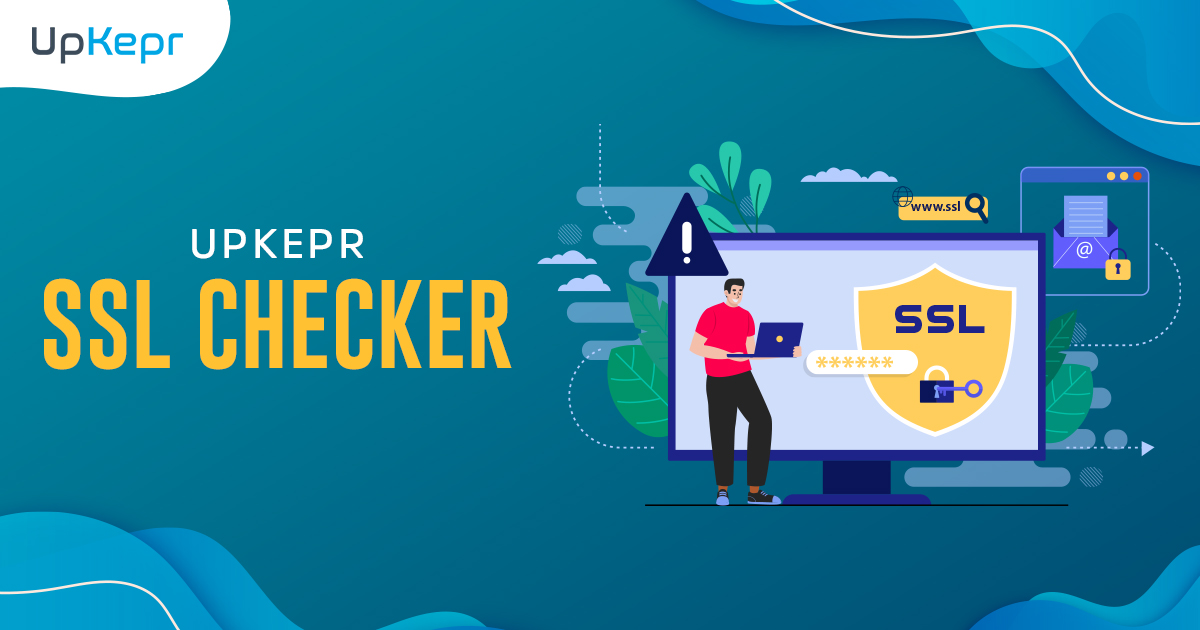Introduction
When it comes to securing your WordPress website, choosing the right encryption protocol is essential. SSL (Secure Sockets Layer) and TLS (Transport Layer Security) are two widely used cryptographic protocols that protect data transmitted between users and websites. But which one is best for WordPress security? In this comprehensive guide, we will compare SSL and TLS, highlighting their differences, benefits, and the best choice for WordPress security. We will also discuss how tools like UpKepr WordPress vulnerability scanner online can help you enhance your website’s security. To stay ahead of evolving security challenges, it’s crucial to keep up with the latest trends shaping WordPress security in 2025. Explore key insights and expert recommendations to strengthen your website’s defenses.
Understanding SSL and TLS
What is SSL?
SSL (Secure Sockets Layer) was the first widely adopted protocol for encrypting data between web browsers and servers. Developed in the mid-1990s, SSL aimed to secure internet communications by encrypting sensitive information such as passwords, credit card details, and personal data. However, SSL versions 2.0 and 3.0 were later found to have security vulnerabilities, leading to the development of TLS as a more secure alternative.
What is TLS?
TLS (Transport Layer Security) is the successor to SSL and is designed to provide better security and performance. TLS 1.0 was introduced in 1999, followed by improved versions, including TLS 1.1, 1.2, and the most recent TLS 1.3. TLS offers stronger encryption, better authentication mechanisms, and improved security protocols compared to SSL.
Key Differences Between SSL and TLS
While SSL and TLS serve the same purpose, they differ in several ways:
|
Feature
|
SSL
|
TLS
|
|
Security Level
|
Older, less secure
|
More secure, advanced encryption
|
|
Algorithm Support
|
Uses outdated cryptographic algorithms
|
Uses modern, secure algorithms
|
|
Performance
|
Slower handshake process
|
Faster and more efficient
|
|
Vulnerability
|
Prone to attacks like POODlE
|
Stronger against vulnerabilities
|
Why TLS is Better for WordPress Security
1. Enhanced Security
TLS is designed to fix the vulnerabilities present in SSL. With TLS 1.3, security is significantly improved by removing outdated cryptographic algorithms and reducing handshake latency, making websites more secure against cyber threats.
2. Improved Website Performance
TLS 1.3 improves website performance by reducing the number of handshake steps, allowing for faster encrypted connections. This is crucial for WordPress sites that rely on speed and user experience.
3. Better Compatibility with Modern Browsers
SSL is no longer supported by most modern browsers and operating systems. TLS ensures that your WordPress website remains accessible and secure across all devices and platforms.
4. Stronger Encryption Standards
TLS supports advanced encryption methods such as AES (Advanced Encryption Standard) and ChaCha20, ensuring that data exchanged between users and your WordPress site remains protected from attackers.
How to Check if Your WordPress Site Uses SSL or TLS
To determine whether your WordPress website is secured with SSL or TLS, you can use an SSL checker online tool. UpKepr provides an excellent check SSL certificate online tool to help you verify your website’s security status.
Steps to Check Your SSL/TLS Certificate
-
1. Visit UpKepr SSL Checker tool.
-
2. Enter your website URL.
-
3. Click the scan button to check your SSL/TLS configuration.
-
4. Review the results to see which protocol (SSL or TLS) is currently active on your site.
Is your website's security up to date? Check your SSL certificate status instantly with UpKepr Free SSL Checker! Ensure your site stays secure and trusted—scan now in just one click!
How to Upgrade from SSL to TLS for WordPress Security
If your WordPress site is still using SSL, upgrading to TLS is highly recommended. Here’s how you can do it:
1. Check Your Hosting Provider’s SSL/TLS Support
Most web hosting providers offer TLS support by default. Contact your provider to confirm which version is enabled and whether an upgrade is needed.
2. Install an SSL/TLS Certificate
Use a trusted Certificate Authority (CA) like Let’s Encrypt, DigiCert, or GlobalSign to obtain and install a TLS certificate on your WordPress site.
3. Update Your WordPress Settings
Ensure that your WordPress URL settings reflect HTTPS instead of HTTP. Navigate to Settings > General and update the site URL.
4. Force HTTPS Using .htaccess
To ensure that all traffic is encrypted using TLS, add the following code to your .htaccess file:
RewriteEngine On
RewriteCond %{HTTPS} off
RewriteRule ^(.*)$ https://%{HTTP_HOST}/$1
5. Scan WordPress Site for Vulnerabilities
Once you have upgraded to TLS, it’s essential to scan WordPress site for vulnerabilities. UpKepr WordPress vulnerability scanner online can help you detect any security weaknesses and provide recommendations to fix them.
Is your WordPress site secure? Don't leave it to chance! Use UpKepr WordPress Vulnerability Scanner to detect threats and protect your website instantly. Stay ahead of hackers—Scan Now!
Common Myths About SSL and TLS
1. SSL and TLS Are the Same
Many people believe that SSL and TLS are interchangeable. While they serve the same purpose, TLS is a more secure and efficient protocol.
2. SSL/TLS Guarantees Complete Security
While SSL/TLS encrypts data in transit, it does not protect against other security threats like malware, SQL injection, or brute force attacks. Using a WordPress vulnerability scanner online like UpKepr helps to identify and fix additional security risks.
3. All Websites Need a Paid TLS Certificate
Many hosting providers offer free TLS certificates through Let’s Encrypt, making it easy for WordPress users to secure their sites without additional costs.
Additional Security Measures for WordPress Sites
Besides upgrading to TLS, here are additional security best practices:
1. Regularly Check SSL Certificate Online
Use UpKepr check SSL certificate online tool to monitor your certificate’s expiration date and renewal status.
2. Implement HTTPS Everywhere
Ensure all website pages, including admin and login pages, use HTTPS to prevent data leaks.
3. Update Plugins and Themes
Outdated plugins and themes can create security vulnerabilities. Always update them to the latest versions.
4. Enable Two-Factor Authentication (2FA)
Adding an extra layer of security helps protect your WordPress admin login from unauthorized access.
5. Backup Your WordPress Site Regularly
In case of a cyber attack, having recent backups ensures you can restore your website quickly.
Conclusion
When it comes to SSL vs. TLS for WordPress, TLS is the clear winner. It provides stronger encryption, better performance, and modern security standards. If your WordPress site is still using SSL, upgrading to TLS is essential for enhanced security and better compatibility with modern browsers.
Additionally, using tools like UpKepr WordPress vulnerability scanner online can help you scan WordPress site for vulnerabilities and identify potential threats. You can also use UpKepr SSL checker online and check SSL certificate online tools to ensure your site’s security is up to date.
By implementing TLS and following best security practices, you can keep your WordPress site safe from cyber threats and provide a secure experience for your users.




























































































 Sign Up with Google – Free
Sign Up with Google – Free Sign Up with Github – Free
Sign Up with Github – Free